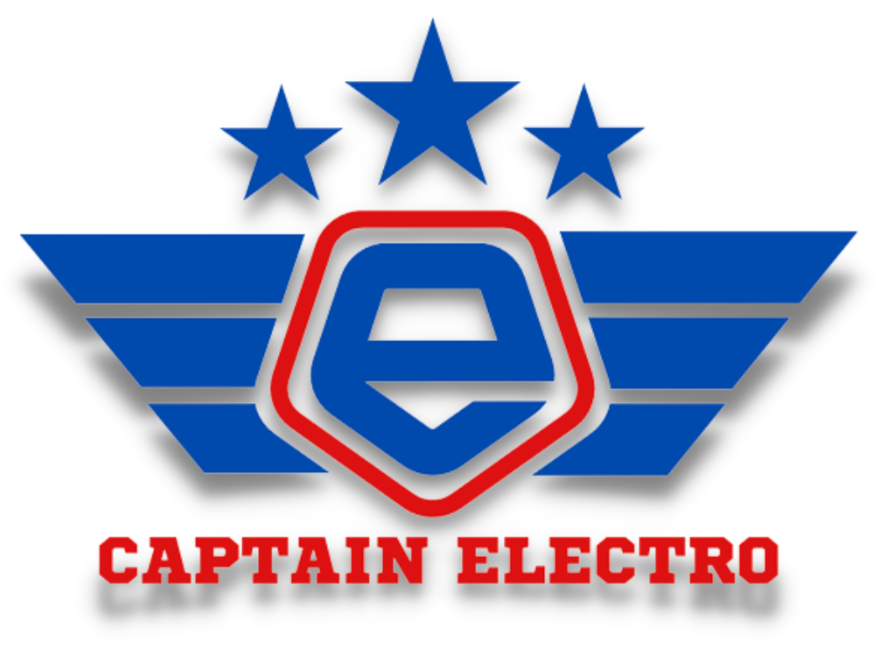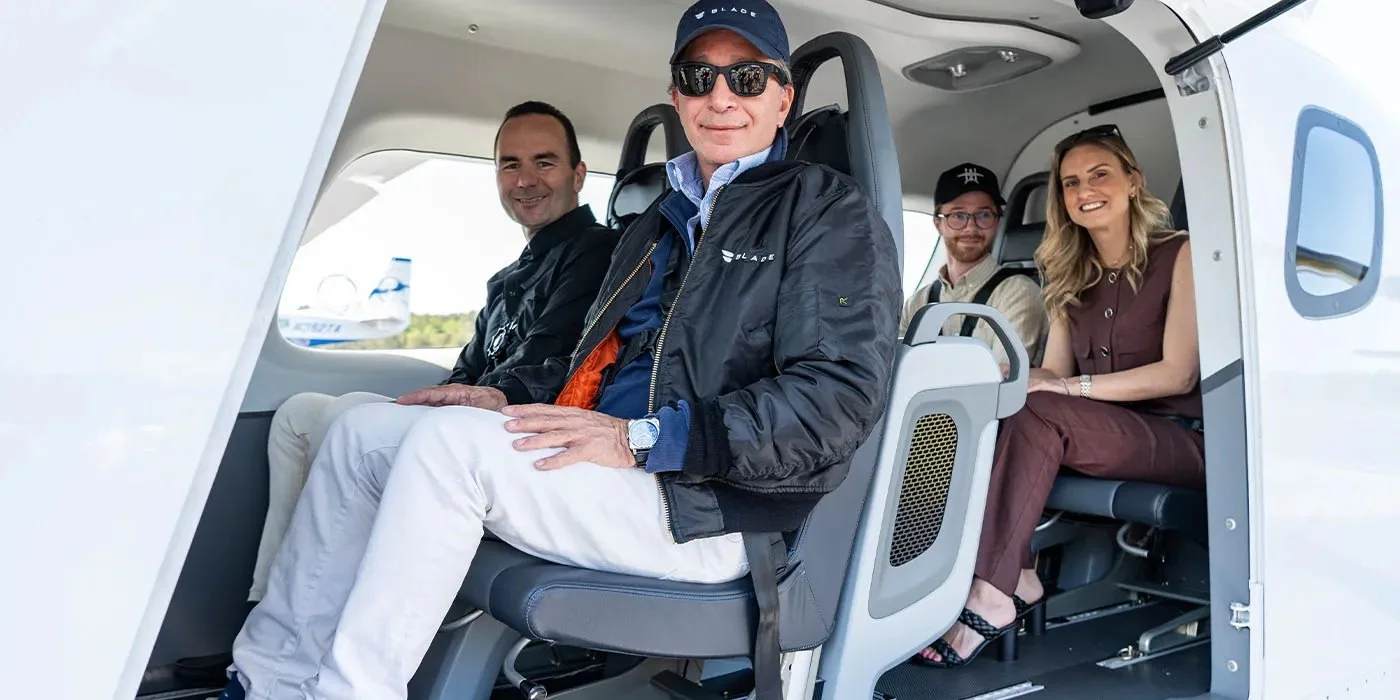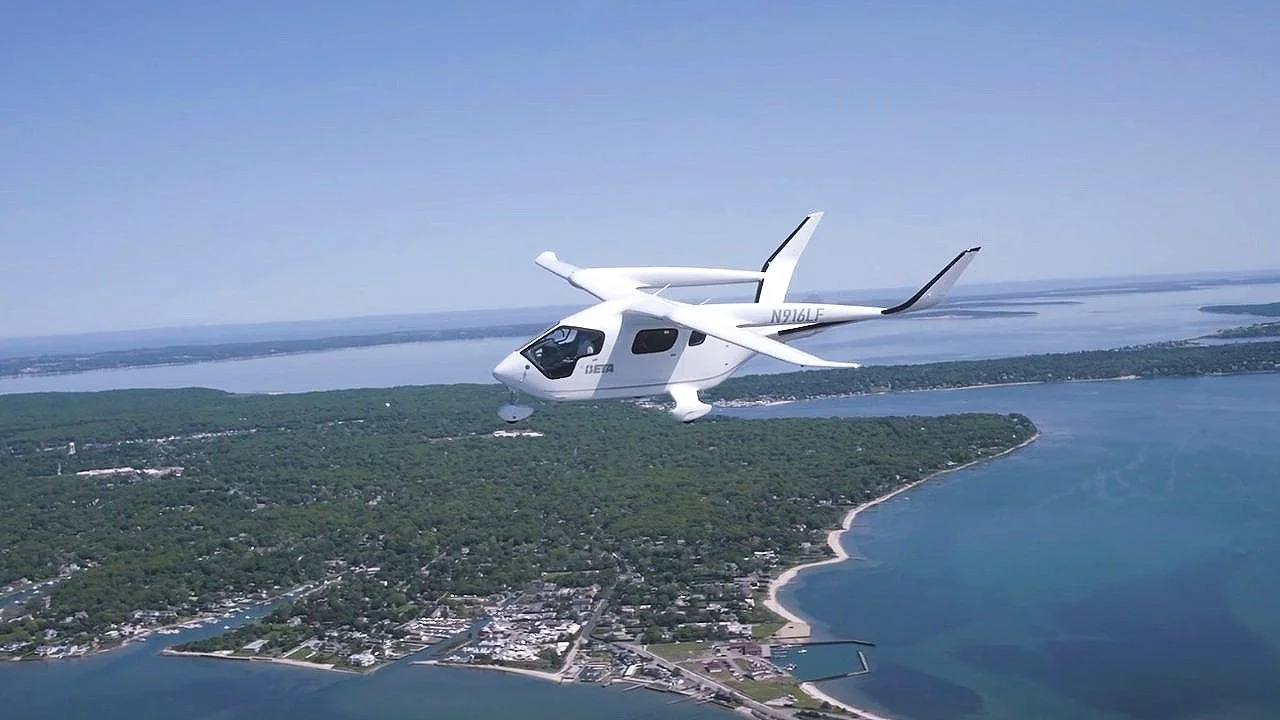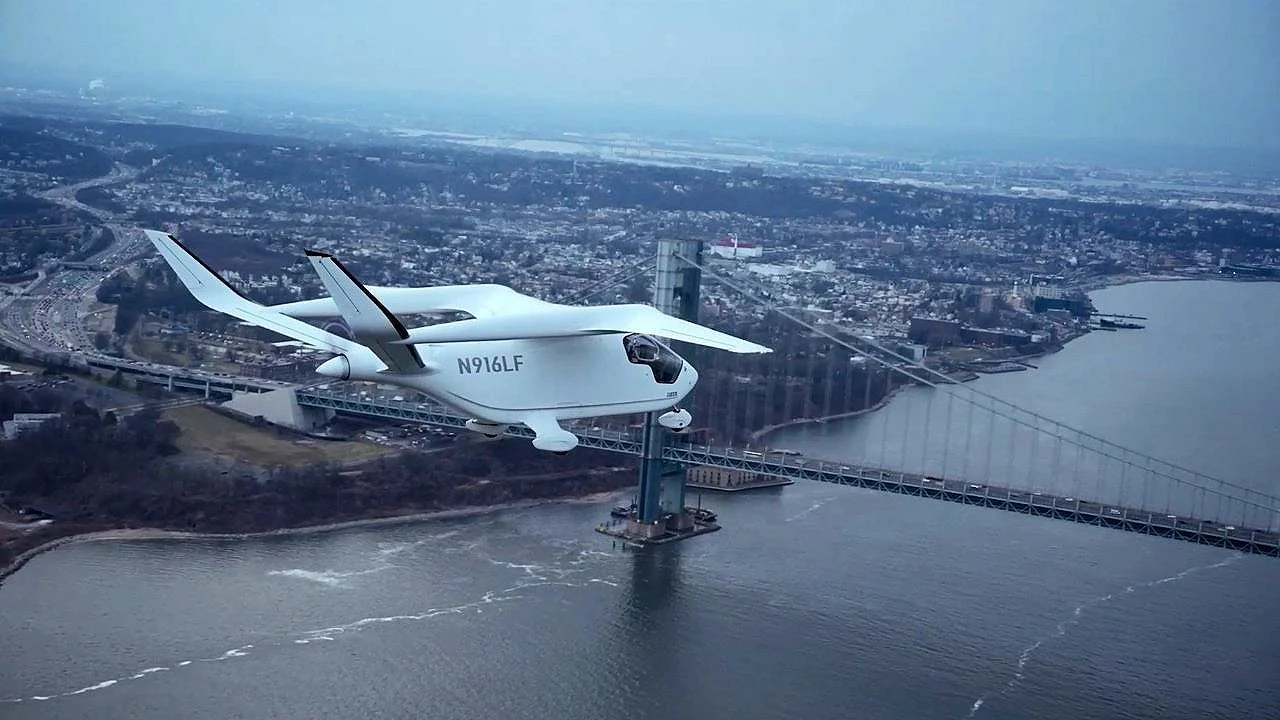Electric Wings Over the Big Apple? My Faith in Flying Toasters Gets a Quiet Boost
Image Credit: Beta Technologies.
For years, I've been rambling about the electrickery seeping into everything with wheels and, occasionally, things with hulls. Cars? Done. Bikes? Zappy. Boats? Buzzing along. But airplanes? That's where my eyebrow usually performs a gymnastic routine worthy of an Olympic medal. The idea of entrusting my not-inconsiderable frame to a giant, battery-powered "airborne electrical contrivance" has always felt a bit like volunteering for a science experiment where the hypothesis is "Can Max be launched into the stratosphere with minimal fuss and even less noise?"
But even a seasoned cynic like myself has to occasionally nod and say, "Well, I'll be," especially when things actually fly. And not just fly, but fly over one of the busiest, most notoriously unimpressed cities on the planet: New York City. With actual, live humans inside who weren't (as far as I know) being held there against their will.
Image Credit: Beta Technologies.
The culprits behind this assault on my well-curated skepticism are a plucky bunch from Vermont called BETA Technologies. Vermont is famous for maple syrup, picturesque autumns, and the occasional grumpy senator. Electric airplanes? Not so much. Yet, these Green Mountain State pioneers have been tinkering away for the last six years, fueled by something stronger than just renewable energy – a potent blend of ambition and really good cheddar. They've cooked up a rather interesting-looking machine called the ALIA CTOL. The "CTOL" bit stands for "Conventional Takeoff and Landing," which, in layman's terms, means it needs a runway, like most planes that aren't auditioning for a role in a Marvel movie. This is distinct from its sibling, the ALIA VTOL, which can go straight up like a Harrier jump jet, only quieter and less likely to melt the tarmac.
The ALIA CTOL did something rather remarkable - it zipped from Long Island into the concrete embrace of JFK Airport, one of the world's busiest aerial parking lots, in 45 minutes. All electric, mind you. No roaring jets, no guzzling of giggle juice, just a gentle hum and five people trying to look nonchalant while making aviation history.
Image Credit: Beta Technologies.
Onboard this momentous jaunt were a pilot and four rather brave souls, including the President of Republic Airways, Matt Koscal, and the CEO of Blade Air Mobility, Rob Wiesenthal. Mr. Wiesenthal, whose company is all about getting people to places without the misery of traffic, was quite chuffed, stating, "This electric aircraft flight... highlights that quiet and emission-free flight is quickly becoming a reality." Quickly? We'll see about that, Rob, but I like your optimism!
The ALIA itself has an almost bird-like design – BETA says it's inspired by the Arctic Tern, a bird known for ridiculously long migrations. It has an impressive wingspan of about 50 feet. While BETA is a bit coy about the exact horsepower figures, they're keen to point out its efficiency. They reckon it costs about $18 an hour in electricity to operate the ALIA CTOL, compared to something like $347 an hour for a similarly-sized, fossil-fuel-guzzling Cessna Caravan. That gets my attention. Airlines saving money? They might even pass those savings on to us… Okay, now I am dreaming.
Image Credit: Beta Technologies.
As for range, there's no getting away from the fact that these electric birds are stretching their legs. The ALIA platform is designed for missions up to around 250 nautical miles, which is a rather useful 287 of our American miles. One of their eCTOL demonstrators even did a non-stop hop of 386 miles! That's New York to Washington with juice to spare for a celebratory, albeit silent, flyby.
This electric bird can carry a pilot and five passengers, or about 1,400 pounds of cargo. That's enough for a weekend getaway for the executive team, or a serious amount of artisanal maple syrup, if they're feeling patriotic. Top speed is in the neighborhood of 170 mph, which is plenty quick for regional hops. Charging? BETA says the battery, which is apparently the size of three Tesla Model S units (good luck finding a Supercharger big enough at your local airstrip), can be juiced up in about 50 minutes. Not bad. Faster than my phone some days.
Image Credit: Beta Technologies.
Back to that jaunt into JFK. It wasn't just a publicity stunt, though it was a rather good one. BETA has been putting the ALIA CTOL through its paces, racking up tens of thousands of test miles. They even flew one coast-to-coast earlier this year. The FAA, the folks who make sure things that fly don't unexpectedly stop flying, have given them a Special Airworthiness Certificate and a market survey certificate. This means they can conduct these demonstration flights while they inch ever closer to full FAA certification for commercial operations, which they're hoping to snag sometime this year.
Kyle Clark, BETA's founder and CEO, a man who probably dreams in circuit diagrams, said, "Flying our electric aircraft into one of the world's busiest airports, with passengers, proves advanced air mobility is not some future concept, it's here." He added that it's about "connecting communities in safer, quieter, and more efficient ways." Can't argue with the sentiment, Kyle. The thought of significantly less racket over our cities is certainly appealing. Hearing the birds chirp instead of a 737 on its final approach? Pure bliss.
Image Credit: Beta Technologies.
But before we all rush out and try to trade in our gas-guzzlers for an electric whirlybird, let's keep our socks on. The road from "cool demo flight" to "regularly scheduled service" is a long and winding one, paved with more regulations than a Swiss watch has tiny cogs. And then we'll need new infrastructure for charging, pilot training, and convincing the bean counters that this all makes cents.
Still, this NYC flight is a genuinely significant step. It's one thing to see a new electric car; it's another entirely to see a new type of aircraft proving its mettle in such a high-profile way. It gives us a tiny glimpse of a future where short-haul air travel could be cleaner, quieter, and a bit less soul-crushingly expensive thanks to lower running costs. Think of the possibilities: connecting smaller communities, zipping medical supplies around, or just getting to your Hamptons hideaway without deafening the neighbors.
Image Credit: Beta Technologies.
Competitors like Archer are also making a lot of progress, starting their own piloted demo flights. So, the race is on. Could we see commercial electric air taxis buzzing around by 2026, as some suggest? My inner skeptic wants to scoff, but the part of me that loves new toys and cleaner air is cautiously nodding along. It's certainly a more pleasant prospect than another decade of the same old noisy, polluting options.
Well done, BETA. You've managed to nudge my cynicism meter a few clicks towards "genuinely intrigued." It's still a long way from a full-blown electric aviation revolution that'll have us all commuting to work in personal eVTOLs while sipping sustainably sourced soy lattes. But flying into JFK with passengers, on battery power alone? That's a statement. Keep it up, you magnificent, electricity-obsessed pioneers.







